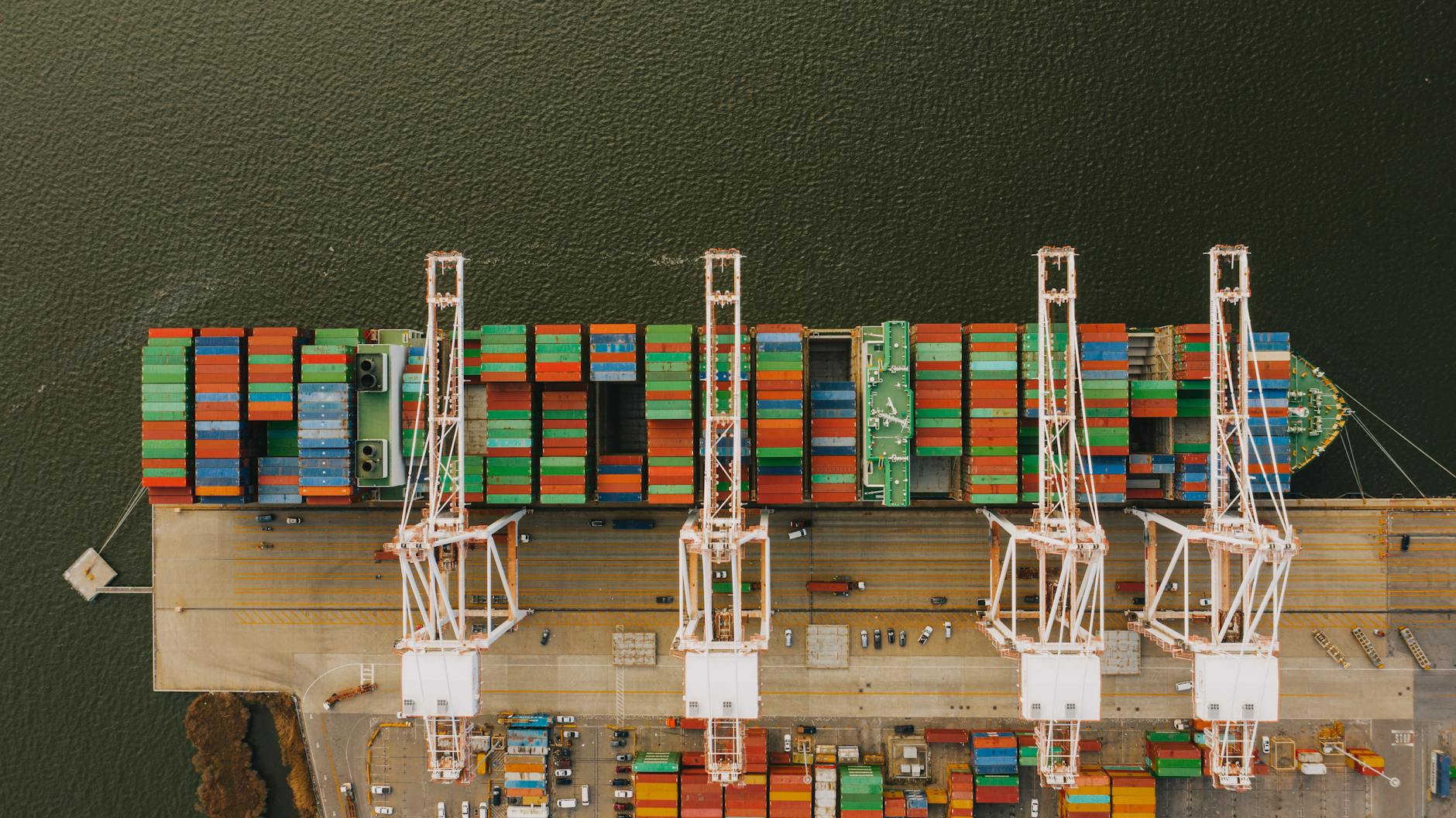Understanding the Meaning of Free on Board (FOB)
Lets start with the core. Free on Board (FOB) means the seller has fulfilled its duty once the merchandise reaches a pre-agreed spot – a port, dock or warehouse. At that point title and the accompanying risk pass to the buyer. The definition lives within the Incoterms framework the set of trade rules that the International Chamber of Commerce periodically revises. In a custom-apparel scenario picture you ordering a batch of branded hats from overseas. Under FOB the supplier would handle production. Get the hats onto the vessel while you would be responsible for the ocean freight and any insurance once the cargo departs.

The Genesis of International Trade
FOB harks back to centuries-old seafaring customs; then a ship would take on cargo “free on board” so the seller didn’t have to foot any extra charge to see the goods onto the deck. In the day the term is baked into Incoterms 2020 the rulebook that brings order to cross-border trade. In our dealings we habitually pick FOB for shipments because it strips away needless complexity and lays the responsibilities bare. Remember, always check your contract for specifics.
[Experience Note] Over the years I’ve consulted on bespoke production runs and have repeatedly watched a hasty FOB pick backfire with unexpected charges. I recall a client who bypassed FOB Destination only to end up absorbing damage fees on a glove shipment – the takeaway: choose terms that fit the level of risk you’re bearing.
How FOB Affects Freight Costs
FOB cuts into the bottom line. Under an FOB arrangement sellers can often quote a lower base price because they hand off the shipping risk early. Buyers you end up shouldering all costs from the FOB moment. Take a custom apparel order as an example—FOB Shipping Point means you pay for transport the instant the goods leave the factory dock.
Obligations of Sellers and Buyers
Sellers handle the loading and customs clearance for export while buyers shoulder the import duties, insurance and final delivery. It’s essentially a balancing act. From the vendor’s perspective we strive for clear terms to keep disputes from flaring up. Procurement teams, take this as a reference when sifting through quotes – ask for a granular cost breakdown.

FOB in the World: A Look and Handy Advice
Now let’s compare. FOB Shipping Point — risk transfers the instant the goods clear the seller’s door, which works in the seller’s favor and leaves the buyer holding the risk. FOB Destination — the seller remains liable all the way to delivery giving the buyer protection but at a higher cost. CIF (Cost, Insurance, Freight) — the seller pays for insurance and freight to the destination port while the buyer handles unloading and any onward transport.
When handling custom orders a tiny decision tree works well: if you’re new to imports stick with FOB Destination to keep things hassle-free. If you’re seasoned FOB Shipping Point can trim costs—provided you’ve got reliable logistics partners.
Pro tip: always name the location, for example “FOB Shanghai Port.”
custom hats Learn more about our shipping options in this guide.
How Custom Manufacturing Shows Up in Real-World Settings
Picture yourself as a business owner ordering 500 custom hats. We’ll quote you on an FOB-shipping-point basis then we’ll manufacture, box. Load the hats onto a truck at our facility. From that point your freight forwarder takes over. Any delays that arise after the hand-off are on your side. If you prefer an FOB-destination arrangement we’ll see the shipment through to the doorstep of your warehouse.
[Experience Note] Because the shop’s capacity is tight the FOB terms we pick end up steering the production schedule. Got a tight lead time? Going with FOB Shipping Point can get the goods out faster. Be sure to arrange your pickup. Check our lead times planner for details.

Maneuvering FOB negotiations to clinch deals
First map out your leverage—big minimum order quantities can nudge sellers toward better terms. Second run the numbers: choosing FOB Destination may add to the quote yet it frees you from a lot of administrative overhead. Third lock in compliance: be sure the contract covers testing for substances such as AZO dyes in apparel. We operate under REACH standards. The responsibility for verifying imports falls on you.
How This Incoterm Measures Up Against Its Counterparts
| Incoterm | Seller Responsibility | Buyer Responsibility |
|---|---|---|
| FOB | Load goods on board at named point | Risks and costs after loading |
| EXW | Make goods available at factory | All from factory onward |
| DAP | Deliver to named place, ready for unloading | Unloading and onward |
| CIF | Insurance and freight to port | Unloading and import clearance |
When launching a bespoke order make sure FOB stays front-of-mind
Ready to order? Step 1: Send over your designs and specs. Step 2: We’ll whip up samples for you (within 1-2 weeks). Step 3: Approve the samples. Lock in FOB terms. Step 4: Production gets rolling. It’s that simple. gloves Get started with a quote here.
FAQ
What does FOB mean in freight shipping?
FOB, or Free on Board, defines the point in shipping where responsibility and risk transfer from seller to buyer, often at loading onto a vessel or vehicle. Always specify the exact location in your contract to avoid disputes; check Incoterms for details.
What is FOB cost meaning?
FOB cost meaning involves how expenses like freight and insurance are split based on the transfer point specified in the term. For custom orders, request a breakdown to see potential savings; it helps in budgeting accurately.
What does FOB mean in purchase order?
In a purchase order, FOB indicates the location where the buyer assumes ownership and liability for the goods. Double-check this with your supplier early; it can influence your total landed costs significantly.
FOB meaning in shipping
FOB meaning in shipping is Free on Board, clarifying who handles costs and risks from a designated point onward. Use it to negotiate better terms; for instance, pair it with reliable freight partners for efficiency.




